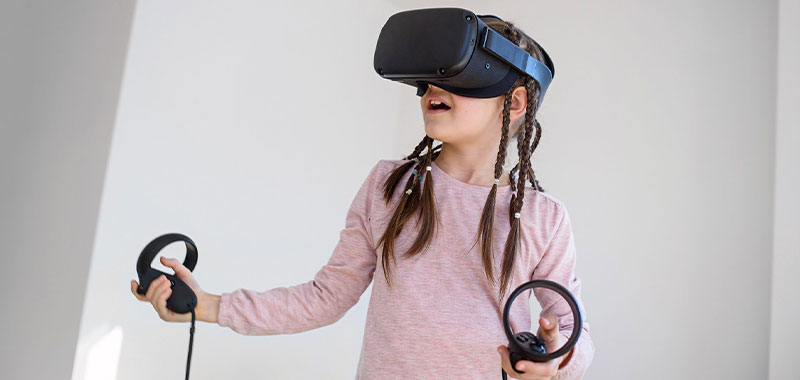
The ability to play has accompanied Homo sapiens since the early days. All human beings play, regardless of their culture or geographical location. However, play is not exclusively human, we share this innate ability with other animals. For instance, 80% of mammals have been observed playing, and also some birds and reptiles. Despite this widespread distribution across species, there is no evidence that playing increases the chances of survival… so, why do we play?
There is no consensus on the definition. Play may be understood as a volatile action, with no further purpose than play itself. This spontaneous and volatile activity is normally associated with happiness and pleasure. In humans, data support that play enhances the acquisition and development of social and emotional skills, resilience, creativity, and resources for problem solving.
Play complexity increases as the child grows and progresses through motor, cognitive, emotional and language development. Initially, a presymbolic play is predominant. Then, it evolves to symbolic play, imaginative play, pretend play, representational play and finally to a dramatic play, before becoming game. Game implies the emergence of rules, competition and risk-taking. This much more mature game becomes the perfect soil for the introduction of simulation.
Simulation needs an external purpose; we simulate to achieve specific goals. This is the main difference between simulation, play and game. In simulation, the recreation of the scenario has a purpose more than the scenario itself, and all the main steps, from prebriefing to debriefing are aligned with this common purpose. Therefore, most of the simulation guidelines and good practices recommend a clear definition of goals and target population as the first step to do while planning a simulation program.
Here, at SAFETY, we aim at bringing simulation closer to Europe. We would like to remind ourselves that the pieces for simulation to thrive have already been set up in our childhood. Play and game during childhood instill the basis for a successful adult learning process through simulation.
Written by Juan Perdomo on behalf of Barcelona Team from Hospital Clinic for SAFETY Project
- Nijhof S, Vinkers C, van Geelen S, et al. Healthy play, better coping: The importance of play for the development of children in health and disease. Neurosci Biobehav Rev. 2018.



